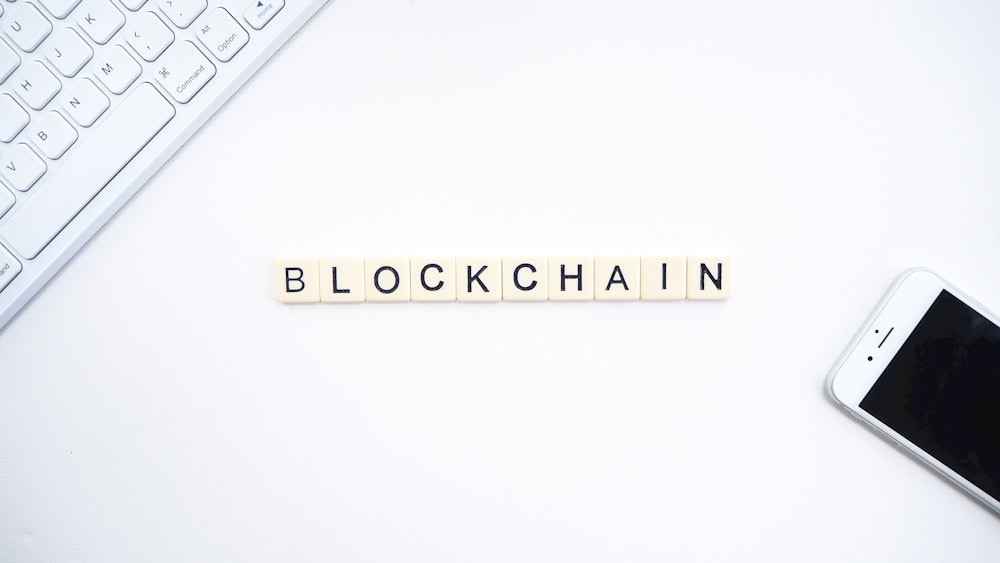

Owning a Unique Digital Asset
Read Write Own is the title of famed venture capitalist Chris Dixon’s latest book.In it, he talks about the “three acts” of the internet:
People can read and write on the internet, but they can also now own a digital asset. What’s behind this movement? The blockchain. Some refer to it as crypto (the native digital asset of the blockchain that makes them work), while others will call it web3.At the end of the day, it’s a way to create a unique digital asset that’s not controlled or owned by a government or corporation. In the same way that Satoshi originally created bitcoin as a peer-to-peer electronic currency.All our digital data — our digital selves — can be tokenized and stored just like you can store cryptocurrency.The main benefit of this is that social networks will be built, allowing users to opt in and transfer their data to another one.This is a world where Facebook no longer hosts your data, and you can easily move it all to another social network if you don’t like the way Facebook is running things.And once your digital selves are tokenized, it won’t be long until all your finances are tokenized as well.
Read, write, now own!
We can now tokenize anything. We are moving to a world where $867 trillion of financial instruments can be tokens and freely traded around the world 24 hours a day, 365 days a year.This is already starting to happen, albeit slowly.Larry Fink, CEO of BlackRock, thinks it’s “the next generation for markets.”Fink said that “[crypto] ETFs are step one in the technological revolution in the financial markets” and that “Step two is going to be the tokenization of every financial asset.”JPMorgan partnered with private equity giant Apollo Global and is already testing tokenizing with Project Guardian.Building and managing discretionary portfolios for individual investors is a $5.5 trillion business that enables millions of investors to meet their financial goals.But existing infrastructure and processes of the financial system make it difficult for wealth management firms to securely and efficiently trade financial products and grow their businesses.The objective of Project Guardian is to develop secure and efficient ways to integrate digital assets into the traditional financial system, making trading easy and accessible by relying on blockchain infrastructure.Even global financial intermediaries are interested in more efficient infrastructure for the financial system.The Bank for International Settlements launched Project Agora, which is experimenting with tokenized commercial bank deposits for instant payment settlements between large banks across countries.The entities working on the project include seven central banks and 41 global private banks.And speaking of private banks, Goldman Sachs is planning to launch three tokenization projects by the end of the year.This comes as part of the bank’s strategy to take advantage of the growing interest in digital assets and tokenization.And it makes sense. Goldman Sachs doesn’t want to be left behind when its rivals are already offering tokenized treasury-based products.These are funds invested in government securities and related instruments that trade as tokens on a blockchain instead of shares on an exchange. And the top funds in this space today are operated by two of the largest asset managers in the world.BUIDL, with 22% of the market share, belongs to BlackRock and FOBXX, with 17% of the market share, belongs to Franklin Templeton.These types of treasury-related products are currently the most popular and fast-growing RWAs to be tokenized for trading on blockchains.The market cap of on-chain treasuries has surged by 216% in 2024 from just $767.93 million at the start of the year to $2.43 billion today.And that’s just tokenized treasuries. These asset managers haven’t even explored tokenized art, tokenized real estate or tokenized stocks yet.We haven’t even scratched the surface of this trend.This is the start of a massive transformation in what we can own and how we can transfer that ownership.More By This Author:Google Goes Nuclear?The Big Bitcoin Breakout Is HereApple’s $3.3 Trillion “Self-Destructive” Secret…
And the top funds in this space today are operated by two of the largest asset managers in the world.BUIDL, with 22% of the market share, belongs to BlackRock and FOBXX, with 17% of the market share, belongs to Franklin Templeton.These types of treasury-related products are currently the most popular and fast-growing RWAs to be tokenized for trading on blockchains.The market cap of on-chain treasuries has surged by 216% in 2024 from just $767.93 million at the start of the year to $2.43 billion today.And that’s just tokenized treasuries. These asset managers haven’t even explored tokenized art, tokenized real estate or tokenized stocks yet.We haven’t even scratched the surface of this trend.This is the start of a massive transformation in what we can own and how we can transfer that ownership.More By This Author:Google Goes Nuclear?The Big Bitcoin Breakout Is HereApple’s $3.3 Trillion “Self-Destructive” Secret…















